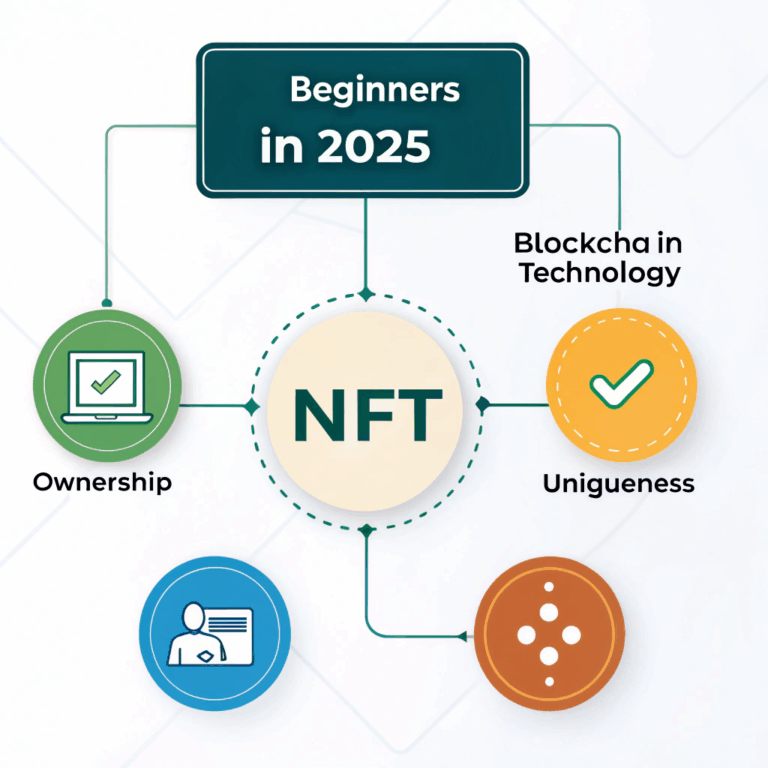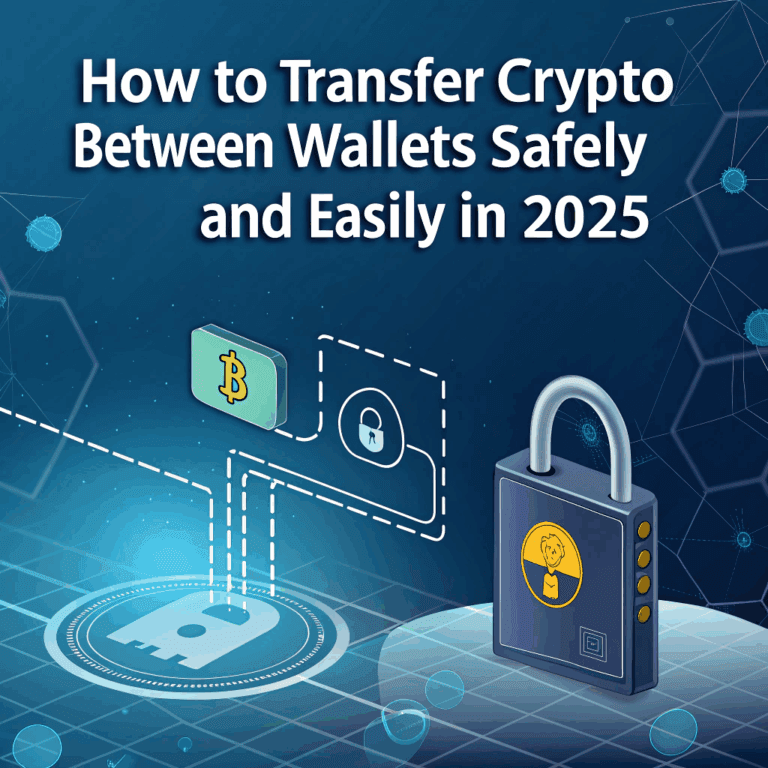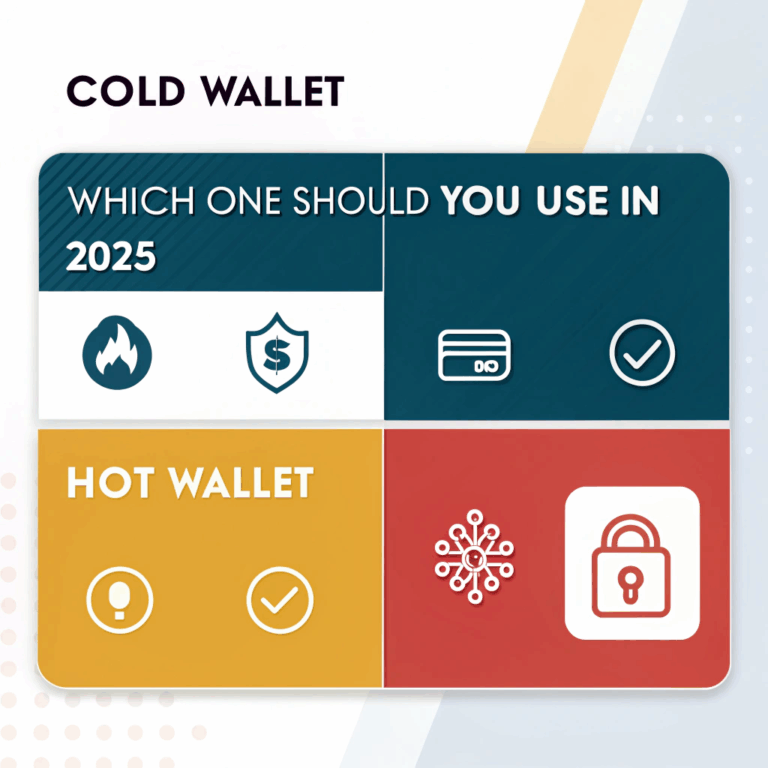What is Web3 and Why It Matters (2025 Beginner’s Guide)

Introduction
You’ve probably heard the term Web3 everywhere — but what does it actually mean? Is it just crypto hype, or a real shift in how the internet works? In this 2025 guide, we’ll break down Web3 in the simplest way possible so you understand what it is, why it’s important, and how it’s already changing the world.
Web1 vs. Web2 vs. Web3: The Evolution
| Version | Timeline | Description |
|---|---|---|
| Web1 | 1990s–early 2000s | Read-only websites (static pages) |
| Web2 | 2004–2020s | Read-write, social media, big platforms |
| Web3 | 2020s–present | Read-write-own (decentralized internet) |
What Is Web3?
Web3 is the next generation of the internet, powered by blockchain technology. It gives users more control over their data, identity, and money by removing middlemen (like Google or Facebook) and replacing them with decentralized networks and smart contracts.
In Web3, you own your digital presence — not corporations.
How Web3 Works (Key Technologies)
Web3 combines several cutting-edge technologies:
- Blockchain: The foundation for decentralized data
- Smart Contracts: Automate processes without intermediaries
- Cryptocurrencies & Tokens: Enable payments and access
- Decentralized Storage: IPFS, Arweave, etc.
- Digital Identity: Wallets like MetaMask replace login/passwords
- DAOs: User-owned online organizations
All work together to create apps (dApps) that are open, borderless, and censorship-resistant.
Core Principles of Web3
- Decentralization: No central server or authority
- User Ownership: You own your data, digital assets, and accounts
- Permissionless Access: Anyone with internet can participate
- Trustless Systems: Operate via code, not human trust
- Censorship Resistance: No one can easily take you offline
Why Web3 Matters in 2025
- More control over identity and privacy
- Fairer economic models (creators earn directly from users)
- No reliance on big tech monopolies
- Global access for people without traditional banking
- Innovation in finance, gaming, art, governance, and more
Web3 is about freedom, transparency, and ownership in the digital age.
Examples of Web3 Applications
| Category | Examples |
|---|---|
| Wallets | MetaMask, Trust Wallet |
| DeFi | Aave, Uniswap, Compound |
| NFTs | OpenSea, Magic Eden, Blur |
| Social Media | Lens Protocol, Farcaster |
| Gaming | Axie Infinity, Decentraland, Illuvium |
| DAOs | MakerDAO, ENS DAO, Gitcoin |
| Storage | IPFS, Filecoin, Arweave |
These apps run on blockchains like Ethereum, Solana, and Polygon.
Web3 vs Traditional Web
| Feature | Traditional Web (Web2) | Web3 |
|---|---|---|
| Control | Big tech platforms | Users and communities |
| Identity | Email/password | Wallets & private keys |
| Monetization | Ads & data sales | Tokens, tipping, NFTs |
| Content Hosting | Centralized servers | Decentralized storage |
| Downtime | Server-dependent | Global and redundant |
| Privacy | Low | High (you control data) |
Benefits of Web3
- Data ownership: No one can sell or steal your info
- Borderless finance: Anyone can use crypto, no bank required
- Community-driven apps: Users vote and participate via DAOs
- Better incentives: Creators and users are rewarded directly
- Open source innovation: Projects build on each other freely
Challenges and Limitations
- Scalability issues (blockchains are slower than centralized systems)
- UX still evolving (wallets, gas fees, jargon)
- Regulatory uncertainty in many countries
- Security risks (smart contract bugs, scams)
- Learning curve for non-technical users
Web3 is powerful — but still in development.
Is Web3 the Future of the Internet?
Yes — but it’s a gradual evolution, not an overnight revolution.
In 2025:
- Web3 is already powering finance, identity, gaming, and social tools
- Traditional companies are integrating Web3 tools
- Governments are exploring blockchain for transparency and identity
- More users are demanding ownership and privacy
Web3 won’t replace Web2 entirely — but it offers an alternative with more freedom.
FAQ
Do I need crypto to use Web3?
Usually yes, to pay gas fees — but many apps are becoming gasless or subsidized.
What’s the difference between a wallet and an account?
A wallet is your account in Web3 — it stores your identity, funds, and access rights.
Is Web3 just about crypto?
No. It includes decentralized identity, voting, storage, and more.
Can I build my own Web3 app?
Yes. Use tools like Solidity (for Ethereum), SDKs like Thirdweb, or platforms like Alchemy and Moralis.
Conclusion
Web3 is about taking back control in a digital world dominated by centralized platforms. It offers a new vision of the internet — one that’s open, user-owned, and global. Whether you’re a creator, developer, or everyday user, learning Web3 in 2025 is like learning the internet in the ’90s — full of opportunity.





